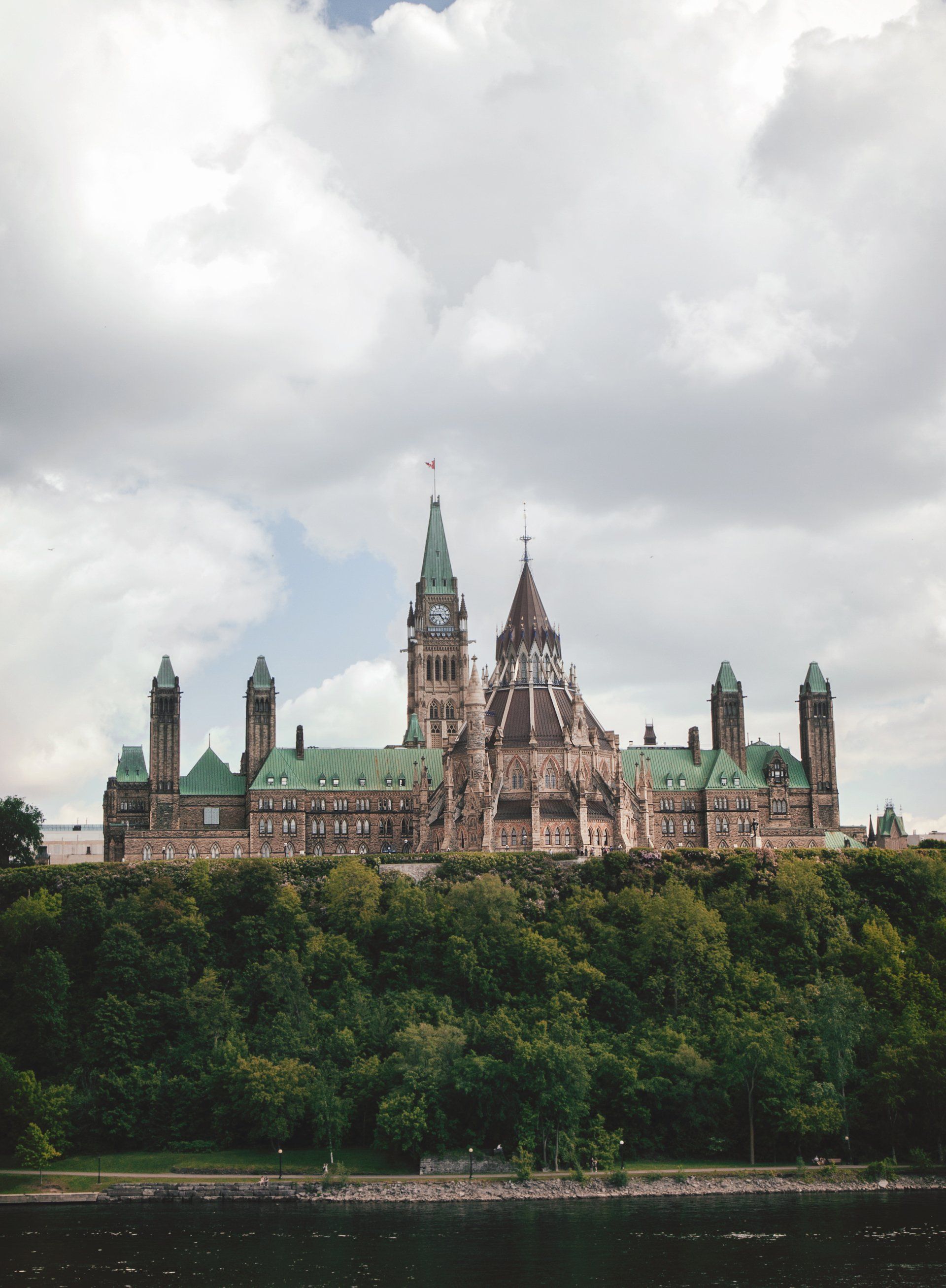Single Use Plastic Ban
Context
In late 2022, the
Canadian Federal Government placed a ban on several single-use plastics to combat the harmful effects of plastic pollution. The
regulation includes bans on the imports and manufacturing of six categories of plastics which takes effect in 2025. This policy has caused people to evaluate the effectiveness of banning plastics, and what the
environmental benefits are. Many industry and academic professionals express this ban as a
political move rather than a scientific one, as research shows plastic
alternatives may not be as environmentally friendly as we may think.
Analysis
The
federal ban on single-use plastics includes single-use plastic checkout bags, cutlery, food service ware, stir sticks, and straws. This ban also includes
ring carriers, however, the prohibition of these plastics doesn’t begin until 2023-2024. By the end of
2025, manufacturing and importing to export of these six categories will also be prohibited. There are
exceptions to this ban, for example, single-use plastic straws remain for those who require them for medical or accessibility reasons.
Bans such as these have come under fire as Canada only contributes
0.02 percent of all ocean plastics. Additionally, Canada doesn’t have a plastic waste problem, as
99 percent of plastic waste is properly disposed of through recycling, incineration, and environmentally friendly landfills. Through the ban,
1.5 million tonnes of plastics will be removed in the next ten years, however, substitute products made from paper, wood, or aluminum will require
double the tonnage. Additionally, these substitutes have “higher climate change impacts”, according to the government's Strategic Environmental Assessment.
Paper, for example, requires more energy to transport, and more water to produce, and results in higher GHG emissions than plastics.
Plastic prohibition
policy effectiveness is being questioned around the world as similar bans are enacted in parts of Europe. However, numerous studies have indicated that
plastic alternatives, such as reusable cotton or paper bags, have higher fossil fuel impacts than plastics. This highlights the need to
supplement plastic use with alternatives that can last decades such as glass, but understand how to use plastics in a better way that
produces less waste. Additionally, there is a push to focus more on more effective
long-term solutions, such as circular plastic systems, that encourage reducing and reusing plastics.
This ban will also cost the Canadian government billions. Though
$616 million is avoided through plastic clean-up expenses, in the next 10 years
$2 billion will be required to manage the waste from substitutes, enforcement of the regulation, and the missed profit for manufacturers.
Sources


